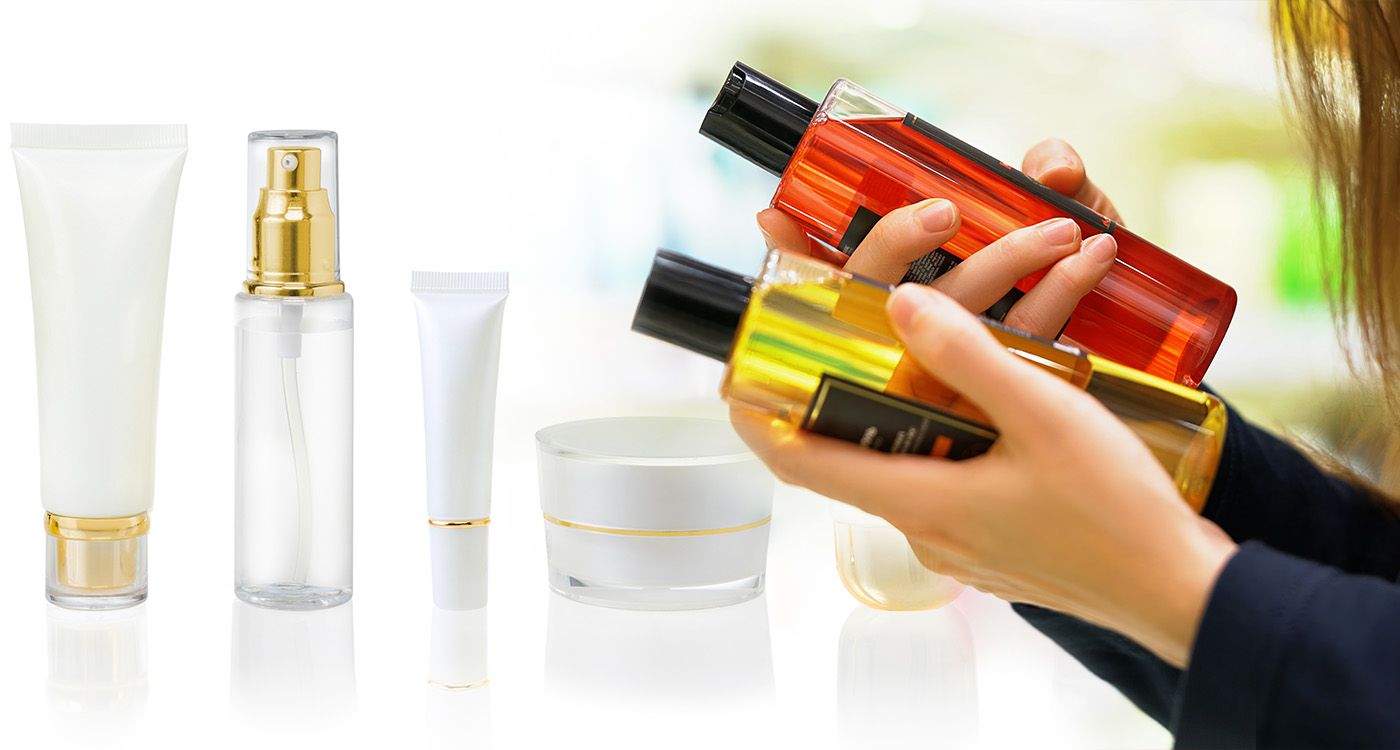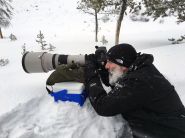
Final part of our investigation. From Beirut to Paris, New York to Seoul, counterfeit cosmetics are everywhere. This practical guide offers simple habits and reliable tips to help you identify fake products and avoid the gray market traps.
Today’s counterfeit cosmetics are almost indistinguishable to the naked eye: they have the same bottle, same typography and nearly the same texture as genuine ones. Moisturizers, serums, sunscreens, micellar waters, foundations, luxury sets — no category is spared. And no country, either.
From the US to Lebanon, France to South Korea, counterfeiters exploit gaps in digital platforms, shrinking purchasing power and the global desire for affordable beauty. The trap is often invisible, buying reflex is instant and traceability is nearly impossible. But certain red flags should not be ignored.
Signs of a Counterfeit Product
- A suspiciously low price: if a gift set is sold 70% less than its store value — even during sales — it’s a red flag.
- A seller with no identity: no website, no physical address, no legal information.
- A vague but reassuring sales pitch: “European stock,” “pharmacy surplus,” “imported from France.”
- Packaging that looks identical but with slight inconsistencies: greasier texture, added scent when there shouldn’t be any, a cap in a slightly different shade.
- No batch number or clear barcode.
- Time-limited offers or over-the-top gifts: “3 gift sets for our second anniversary,” “60% off until midnight,” etc.
Shopping Safely: Where and How?
For Shoppers in France, Europe or the UK
Trusted sites include Sephora (European version), Lookfantastic, Feelunique and certified physical or online parapharmacies. These platforms sell directly (no third-party vendors) and offer full traceability.
However, be careful — even on these sites, always confirm you're buying from the official distributor and not through a hidden marketplace (which can happen on some international versions).
For Shoppers in the US, Canada or on Hybrid Marketplaces
Here, it’s more complicated. Major retailers like Amazon, Walmart and Target run mixed marketplaces, selling both their own stock and products from anonymous third-party sellers. These third-party items are not always vetted and may vary widely in authenticity.
Always check that a product is both sold and shipped by the platform itself — not a third party.
For Shoppers in Lebanon or Countries with Weak Regulation
Access to certified platforms is limited, official distributors are often invisible, and no system governs online cosmetic sales.
The safest option is to shop at well-known pharmacies, on the websites or pages of certified agents, and to strictly avoid purchases via Instagram, WhatsApp, TikTok, Temu or AliExpress.
Smart Shopping Habits
- Always compare the price with the brand’s official website.
- Research the seller — especially on Amazon, Target or Walmart.
- Never buy through private messaging (DMs, WhatsApp).
- Ask for a receipt, batch number and traceability.
- If you have doubts, don’t test the product directly on your face.
- Share this knowledge to break the chain.
What If It’s Too Late?
In most cases, there’s no actual recourse if you buy from an untraceable seller. Even on Amazon, refunds are not guaranteed if the product has been opened. If you experience a skin reaction, keep the product and packaging, and report it to the brand or your local health agency (e.g., ANSM, FDA).
In countries like Lebanon, no dedicated complaint platform exists. It is up to consumers and brands to stand together against fraud.
A bottle may have everything — the name, the shape, the look — and still be fake. Counterfeiters thrive on legal loopholes, digital shopping habits and negligence of big platforms. In the absence of global regulation, the best protection is an informed consumer. Skincare begins with choice. And smart choices start with awareness.




Comments